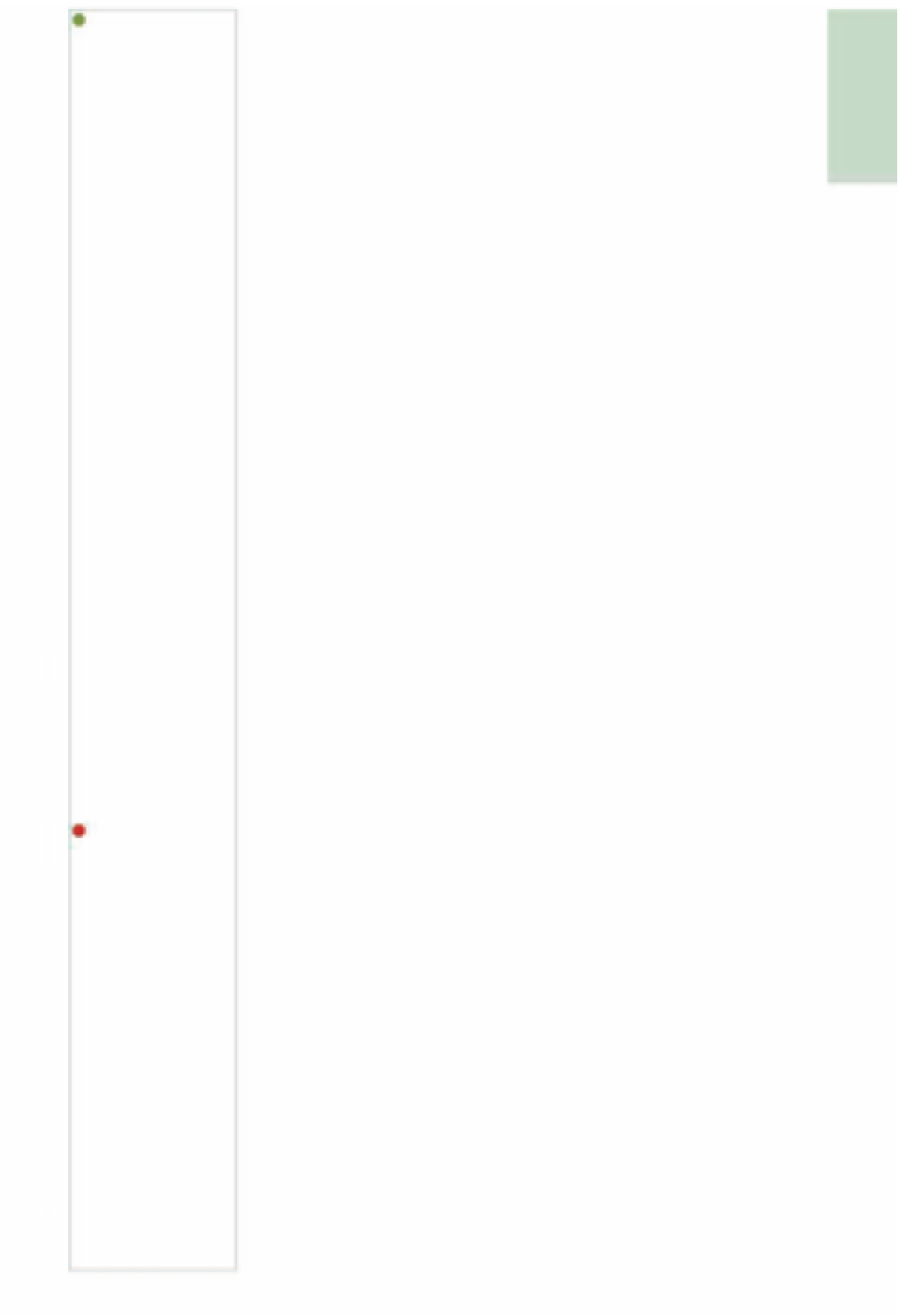Travel Reference
In-Depth Information
EATING
Alley Cat Café
ARTillery
Beef Soup Restaurant
Beirut
Bopha Phnom Penh
(Titanic)
Le Café
(Mith Samlanh)
Café Fresco
Chat 'N Chew
Chi Cha
Chinese Noodle House
Delishop
(Comme à la Maison)
East India Curry
Ebony Tree
Feel Good Café
Friends
(Mith Samlanh)
Frizz
Happy Herb Pizza
Java
Khmer Borane
Le Lotus Blanc
Magnolia
Malis
Mama's
Mamak's
La Marmite
Nouveau Pho de Paris
La P'tite France
Piccola Italia De Luigi
Pop Café da Giorgio
Restaurant 26
River Crown
Romdeng
Royal India
Sam Doo
The Shop
Sovanna
Sugar 'n Spice Café
Tamarind
Van's
The Vegetarian
La Volpaia
Le Wok
Yakitori Jidaiya
The Ramayana mural
Around the courtyard runs a fabulous 642m-long
mural
. Telling
the epic tale of the
Ramayana
in minute detail, the mythical scenes
were painted in vibrant colours by forty artisans working in
1903-04. The gallery cover has not protected the panels from
water damage and despite a partial restoration in 1985, more work
will be needed to preserve what remains. Running
clockwise
, from
the east entrance gate, the depiction begins with the
birth of Rama
and covers his marriage to
Sita
,
her abduction and her rescue by
the
monkey army
. Two of the most delightful scenes, both in good
condition, show the monkey army setting out for Lanka (south
gallery) and crossing to the island (north gallery).
1
23
31/35
26
3
4
24
18
16
5
42
39
8
38
11
15
29
13
34
7
43
32
40
25
9
6
21
44
41
19
10
14
22
27
12
30
37
20
28
2
33
1
17
36
Outside the south gate
Leaving the courtyard by the south gate, there is a jumble of
buildings and a small garden where
elephants
were tied up when
not at work: look out for the elephant-shaped boxes and a
pavilion of howdahs and cow carts. Another building houses an
exhibition related to the coronation of King Sihamoni.
National Museum
Street 13, cnr street 178, north of the Royal Palace • Daily 8am-5pm, last admission 4.30pm • $5,
camera/video (courtyard only) $1/$3; English-speaking guides can be hired at the entrance ($6)
Cambodia's impressive dark-red sandstone
National Museum
houses a rich collection of sculpture, relics and artefacts dating
from prehistoric times to the present. The collection had to be
abandoned in 1975 when the city was emptied by the Khmer
Rouge; it was subsequently looted and the museum's director
murdered. By 1979, when the population returned, the roof had
collapsed and the galleries and courtyard gone to ruin - for a
time the museum had to battle to protect its exhibits from the
guano produced by the millions of
bats
that had colonized the
roof; these were finally driven out in 2002.
The museum opened in 1918, and, designed by the French
archeologist, George Groslier, comprises four linked
galleries
that
form a rectangle around a leafy courtyard, its roof topped with
protective nagas.
Entrance
to the museum is via the central flight of
steps leading to the East Gallery. The massive wooden doors here,
dating from 1918, and each weighing over a tonne, have carvings
reminiscent of those at Banteay Srei (see p.188). The four galleries
are arranged broadly chronologically, going clockwise from the
southeast corner; allow yourself at least an hour for the visit.
SHOPPING
Art Steel
“Art Street”
Artisans Angkor
Bliss
Bohr's Books
Cambodian Craft
D's Books
Daughters of Cambodia
Friends 'N Stuff
Golden Sorya
Shopping Centre
Kabas Boutique
Le Lezard Bleu
Lucky
Mekong Quilts
Monument Books
NCDP
Psar Chas
Psar Kabkoh
Psar Kandal
Psar Reatrey
Psar Thmei
Rehab Craft
Sorya
Shopping Centre
Thai Huot
Trunkh
19
14
1
15
10
2
18
13
11
12
24
16
21
17
20
5
4
23
8
3
7
22
East Gallery
The most striking piece in the
East Gallery
is a massive sandstone
garuda
- more than 2m tall, its wings outstretched - which dates
from the tenth-century Koh Ker period. Displays in this
collection comprise mainly sculpture, including an interesting
combination of Buddhist and Hindu images; some from the
fifteenth to seventeenth centuries are of gilded copper and
lacquer. The case to the left, closest to the gallery entrance,
9
6
25































